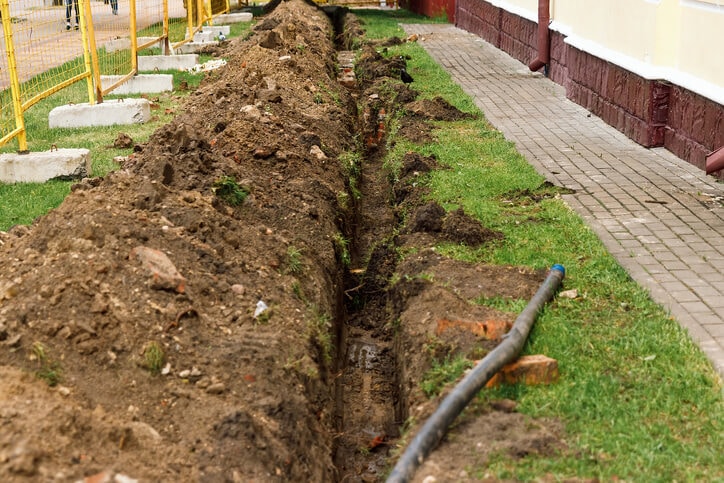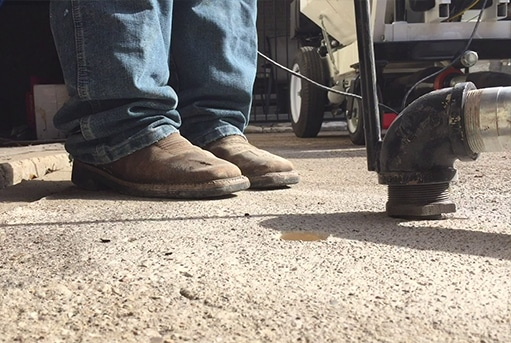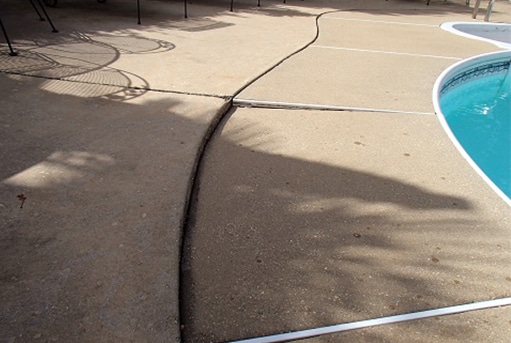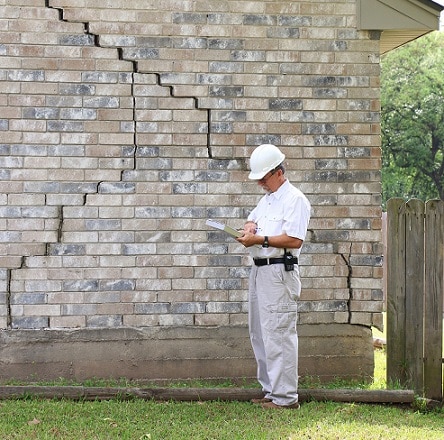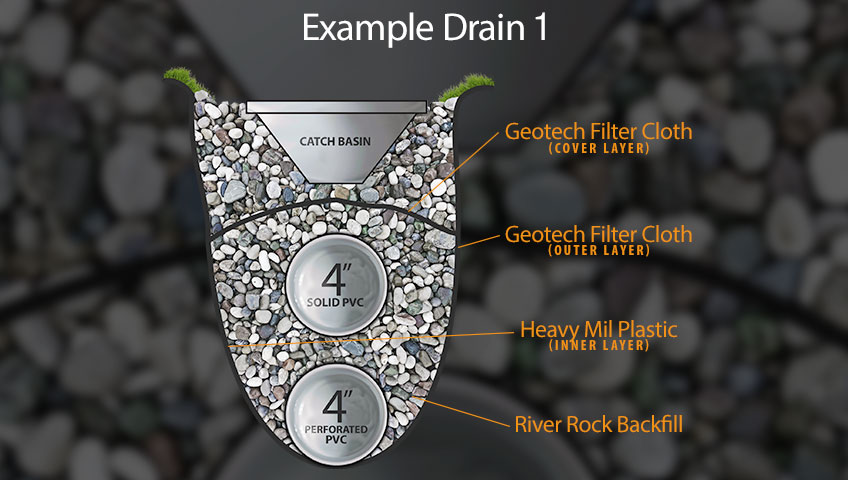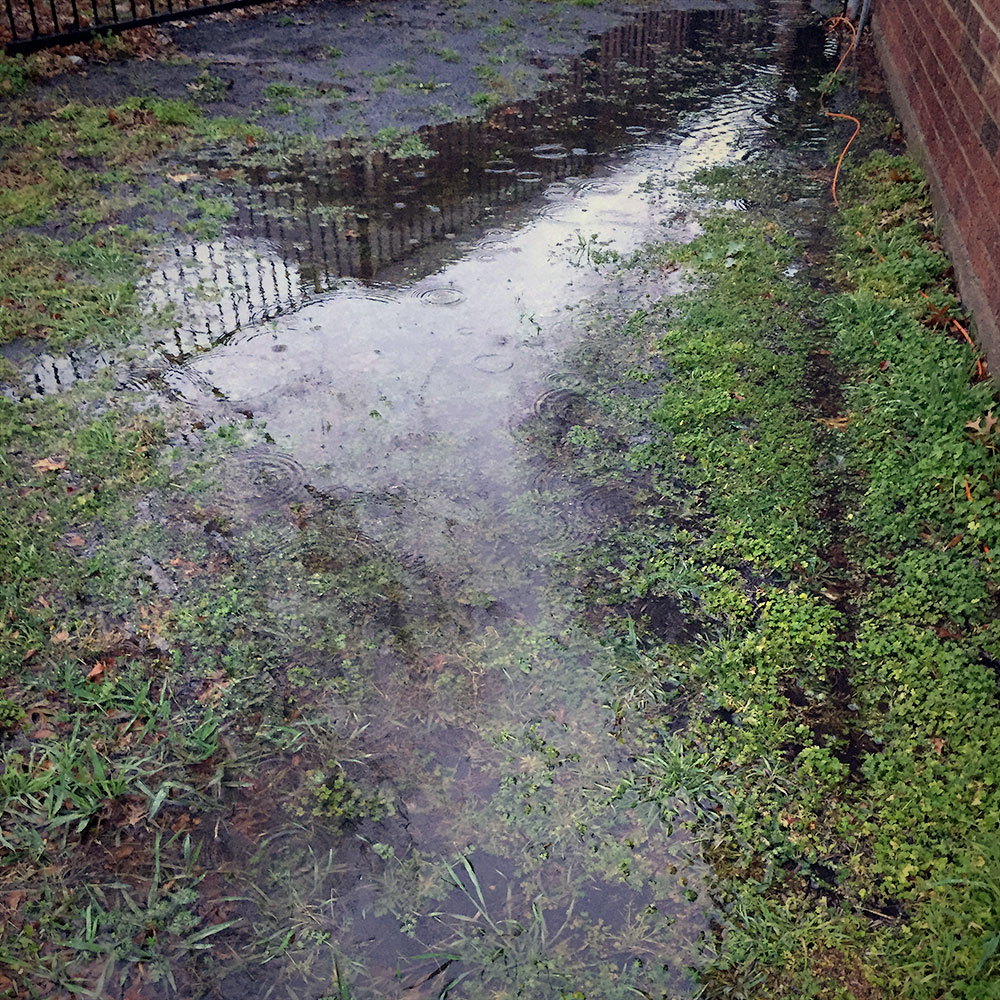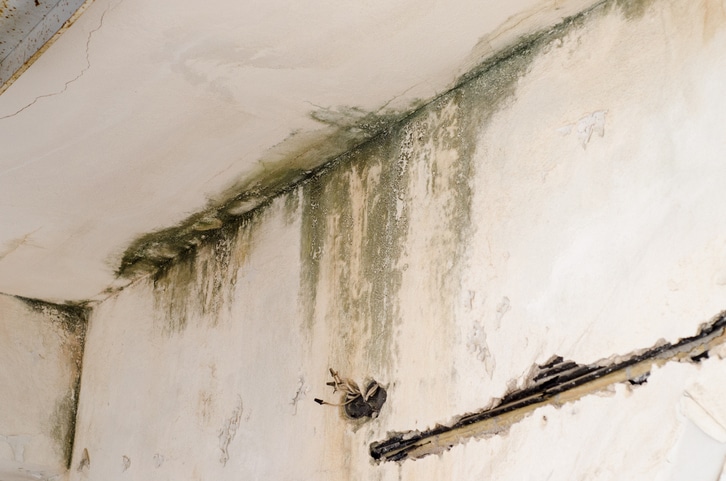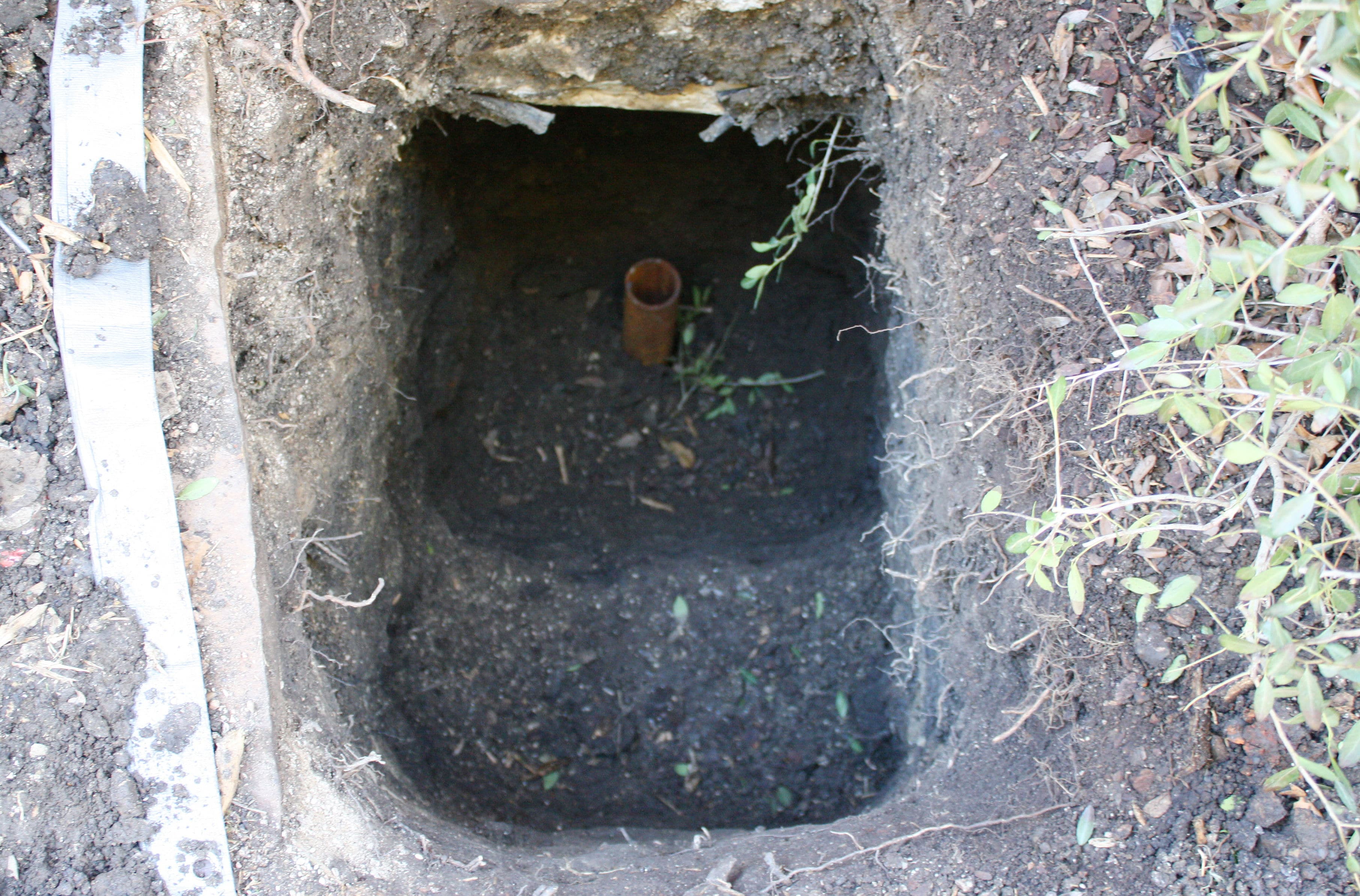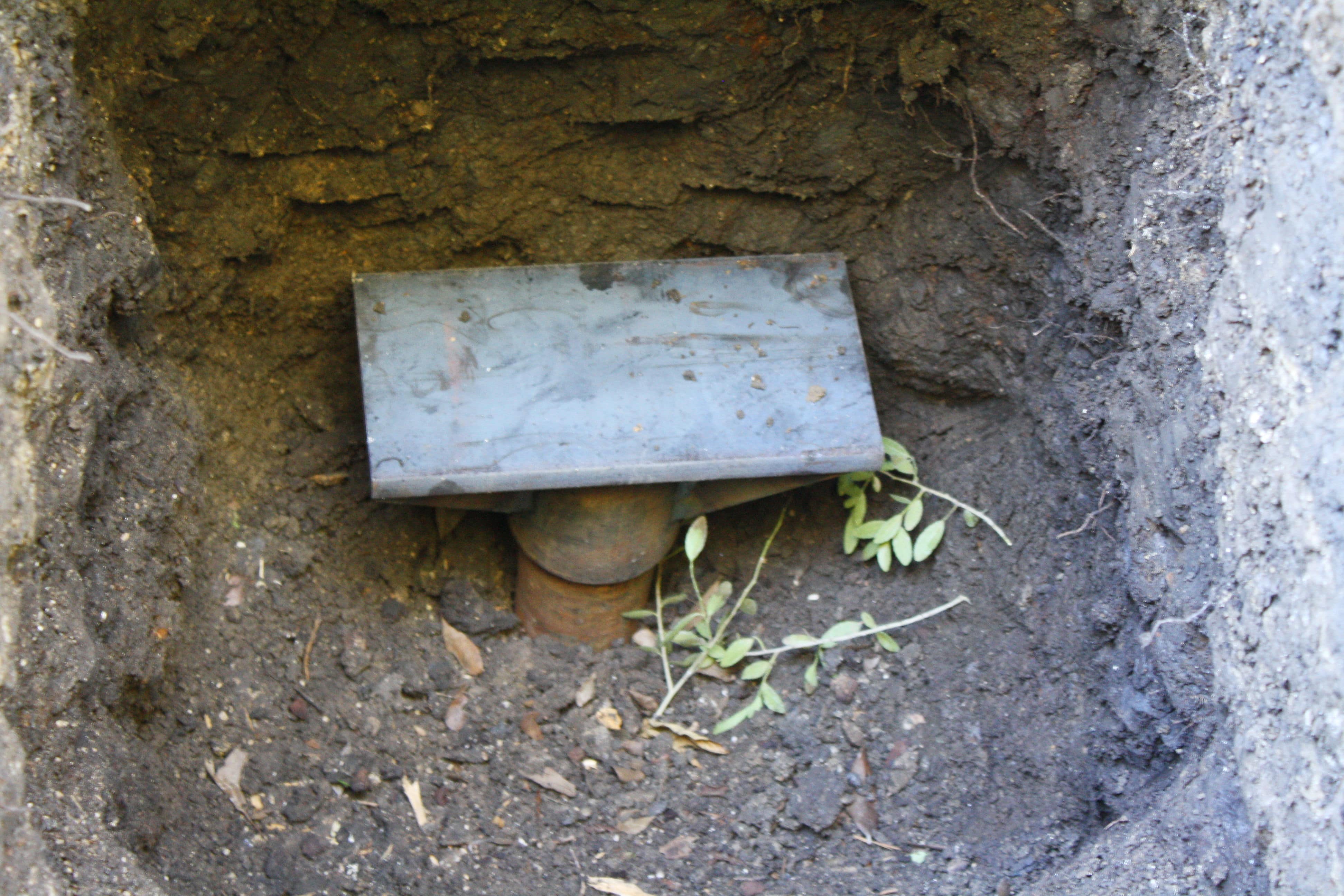Part of properly caring for your home and property entails a proper drainage system. Otherwise, water can collect in specific spots, causing the soil to become oversaturated. This can have serious consequences if the water puddles around the foundation. Drainage systems come in several types. The question of whether to choose a French drain vs swale comes up a lot because these are two of the more common systems employed in residential and commercial properties.
What Is a French Drain?
Contrary to popular belief, the French drain did not originate in France. It was invented by an American man by the name of Henry Flagg French and is a mainstay in modern day drainage systems.
How does it work? Water naturally flows in the direction of least resistance. This usually means flowing downhill even if a slope is minimal. At its most basic level, a French drain is a slightly sloped trench consisting of gravel and a pipe designed to shuttle water away from the foundation. The gravel provides a porous surface for water to seep through, and a pipe installed below provides an outlet for water to travel through and exit at a safe distance from the home. Typically, the water exits into a drainage ditch, a dry well, street, or low-lying area in your property.
What Is a Swale?
A Swale is essentially a ditch concealed with turfgrass or other vegetation. It is very similar to a trench drain, which is also a trench intended for the purpose of collecting surface water over a long expanse of land. The main difference is that a swale is a lot more subtle in appearance and blends with the surrounding landscape.
How French Drains and Swales Compare
The primary difference between the two systems comes down to their primary purpose. Yes, they’re both designed to drain water, but for different reasons. French drains have a more functional purpose, as they are intended to keep water away from the foundation. Swales, on the other hand, are often recommended by landscapers as a general-purpose drain. Swales are sometimes not an option in urban areas because they require large lots to shape properly.
We Install French Drains
A drainage system is vital in a region like the DFW area, due to its highly porous soil conditions. French drain vs land drain? Contact us at Align Foundation Repair to install a new French drain, or repair an existing one, to keep water from collecting around the foundation.

